
Swiss art, intrigue and drama: listen to the Blum podcast
Discover Blum, a fiction podcast immersed in the Swiss art world
Blum is an audio drama in the form of an investigative podcast – similar to popular fiction podcasts such as Limetown, Video Palace and The Black Tapes – that takes the listener on a captivating journey through nine Swiss cities, the country’s art museums, mysterious antique stores, dazzling train rides, and escapes through the freshly fallen snow.
By using this format and setting the story in a real historical, social, and geographical context, Blum creates a sense of uncertainty for the listener, leaving them wondering where the fiction ends and reality begins, encouraging them to conduct their own research after listening. The story also places a strong emphasis on music and art, and seeks to bring recognition to the value of women in these fields, a detail that has been denied for centuries.
The English adaptation follows a multi-award-winning Spanish version that reached the number one spot on Apple podcasts in Spain and was also a hit among Spanish language podcasts in Latin America, after its launch in June 2022.
Telling the story of a journalist uncovering a mysterious double investigation, Blum begins when Emma Clark discovers a suitcase in the house she shares with her boyfriend, David. Inside, she finds a collection of objects belonging to Clara, an art history student who lived with David before he and Emma met.
Clara disappeared while conducting research for her thesis in Switzerland, and David kept everything she left behind in the house, mainly books and notes from her thesis, in that suitcase. Intrigued by Clara's disappearance and her obsession with Swiss artist Ursula Blum, the subject of her thesis, Emma delves deeper into the mystery.
After reviewing the documents left behind, Emma decides to retrace Clara’s steps and document her investigation in a podcast. She travels to Lucerne, where her friend Amanda lives, and uses her house as a base of operations to explore Switzerland while investigating the life of Ursula. Episodes play out within the environs of the Swiss art scene with intrigue, trauma and mystery concerning the lives of both the artist and Emma.
As Emma continues her investigation, she begins to feel as if she's being watched, suspecting that someone is trying to impede her research. Could it be the same person who has kept Ursula's story from being revealed? Could this person also have something to do with Clara's disappearance?
Blum was produced by El Extraordinario in Madrid and written by Carmen Pacheco and Manuel Bartual for Switzerland Tourism.
Listen to the Blum podcast from 28 June here or on your favourite podcast platform.
Spanish speakers, find more information on blum.myswitzerland.com
In conversation with the makers of Blum
The Blum podcast was authored by Manuel Bartual and Carmen Pacheco, a Spanish scriptwriting partnership known for their compelling storytelling across digital media. Here, they tell Wallpaper* what makes Blum a unique and thrilling project.
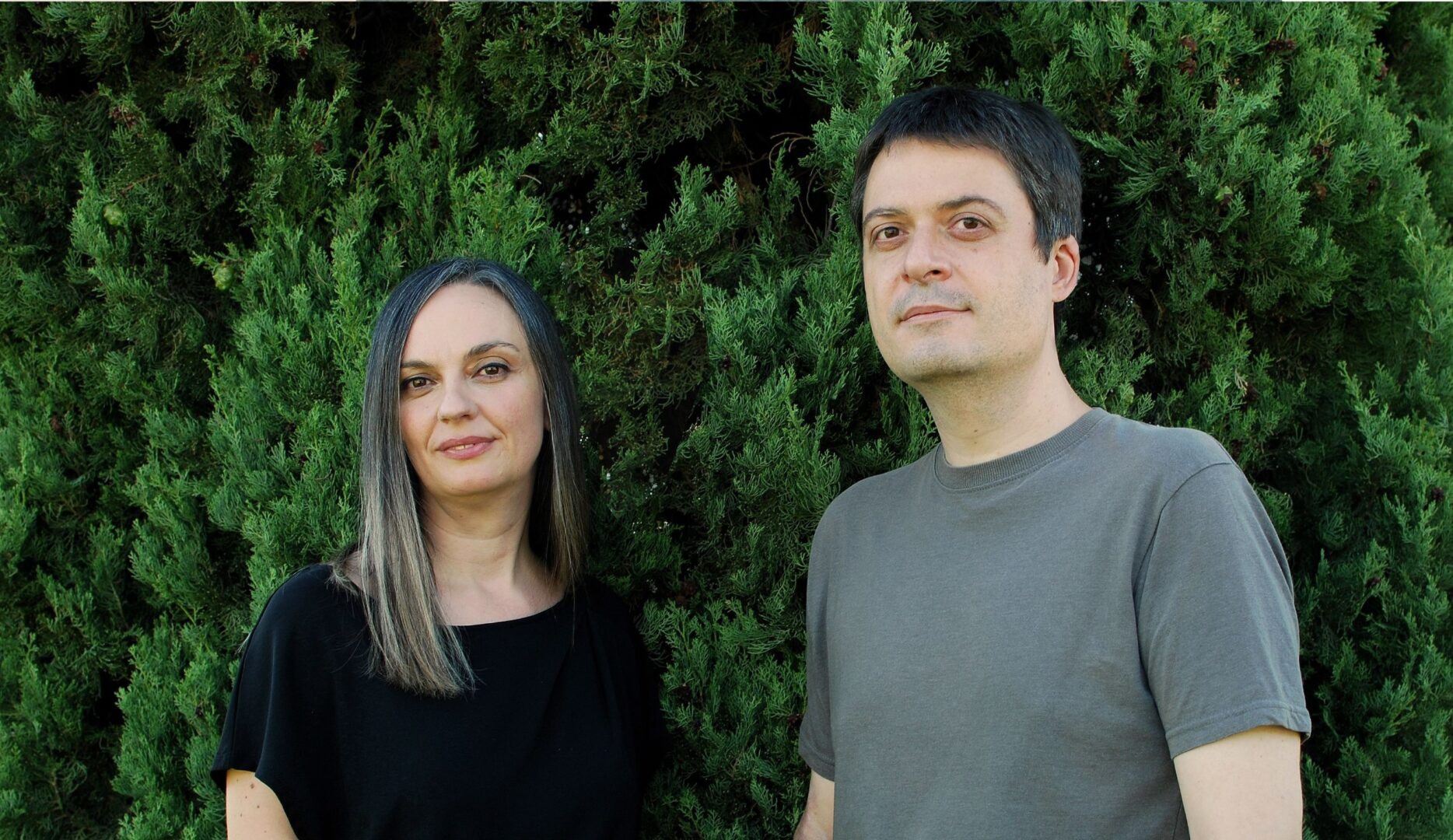
Wallpaper*: What is the podcast about and why should people listen to it? What makes this story unique?
Carmen Pacheco: Blum is an intriguing tale revolving around three women: an early 20th-century painter, an art student who vanishes while studying this painter for her thesis, and a journalist who can’t help but get engrossed in their narrative. At its core, it’s about obsessions, and how we sometimes seek answers in others’ stories that help make sense of our own lives. Key elements like art, music, and the backdrop of Switzerland further elevate the story, making Blum a one-of-a-kind podcast.
W*: How was the idea for the Blum podcast born? Where did the inspiration for the story come from?
Manuel Bartual: There is a question that hovers over the whole story without being explicitly mentioned, which is the same question we asked ourselves when we started working on Blum: how does what we hear affect us? Trying to answer that question seemed to us a good starting point for a story that, moreover, was not going to be seen, but only heard. The fact that the mystery revolved around a painter of the early twentieth century also gave us the opportunity to document ourselves exhaustively about the artists and the avant-garde of that time. There we found a lot of data and material that served as inspiration for our story, and our trip to Switzerland was what rounded everything off. As screenwriters, we were lucky to be able to spend two weeks visiting all the cities and museums where the story was going to take place. We usually do this kind of work from home, and having the opportunity to see the places in person gave us a lot of ideas and helped [the protagonist] Emma to talk about Switzerland in a more appropriate way when we wrote her dialogues.
W*: Is the story based on real events or completely fictional?
CP: Ursula Blum, the character, isn’t based on any real-life painter; she’s purely a figment of imagination. However, to lend credibility to her story, we made sure most of the facts and historical figures mentioned are real. We find the history of art and music deeply fascinating, and wanted this podcast to share those actual tidbits that amazed us during our research. This blend of history and fiction is so seamless that by the end of the podcast, many listeners are actually googling Ursula Blum, fully convinced she must’ve existed.
W*: The story combines a thrilling investigation with art and travel in Switzerland – what’s the main focus? What did the creative process look like and how did it eventually lead to this very special storyline?
CP: Our lead character, in her quest, embarks on a journey across Switzerland, much like the one we undertook during the podcast’s creation. She’s tracing the steps of Clara Torres, the art student who vanished while working on her thesis about Ursula Blum, and the clues she uncovers at each location contribute to our understanding of the painter. The creation process was challenging but extremely gratifying. As we journeyed, we were on the hunt for those puzzle pieces that our protagonist would eventually discover. In every location we visited, we took note of the most evocative details and specific landmarks. At times, we were so charmed by a place, we felt compelled to weave it into our story somehow. Emma’s vivid descriptions mirror our own awe and fascination with the cities we visited.
W*: What does the audience learn about Switzerland through the podcast?
MB: As she progresses in her investigation, Emma provides insights and curiosities about the cities and places she visits as she tries to unravel the mystery surrounding Ursula Blum and Clara’s disappearance. Listeners who already knew all these cities have told us that the podcast has evoked all these places for them, so perhaps Blum has a similar effect to that experienced by audiences who watch a movie or TV series and feel they know the places where the stories take place when they finally visit them in person.
W*: How does the podcast inspire the audience to travel to and around Switzerland?
CP: Switzerland is often seen by people outside the country as mainly having Alpine landscapes, with cities appearing to have a secondary role. However, in reality, these cities are full of fascinating museums and other cultural attractions. During our research visits, we discovered how incredibly beautiful they are, with lakes and rivers intertwined throughout, providing opportunities for bird-watching, and majestic mountain skylines always in view. The Swiss cities, with their historical and evocative places, struck us as the ideal setting for a mystery story. This feeling is reflected in our narrative, as depicted through Emma’s vibrant descriptions.
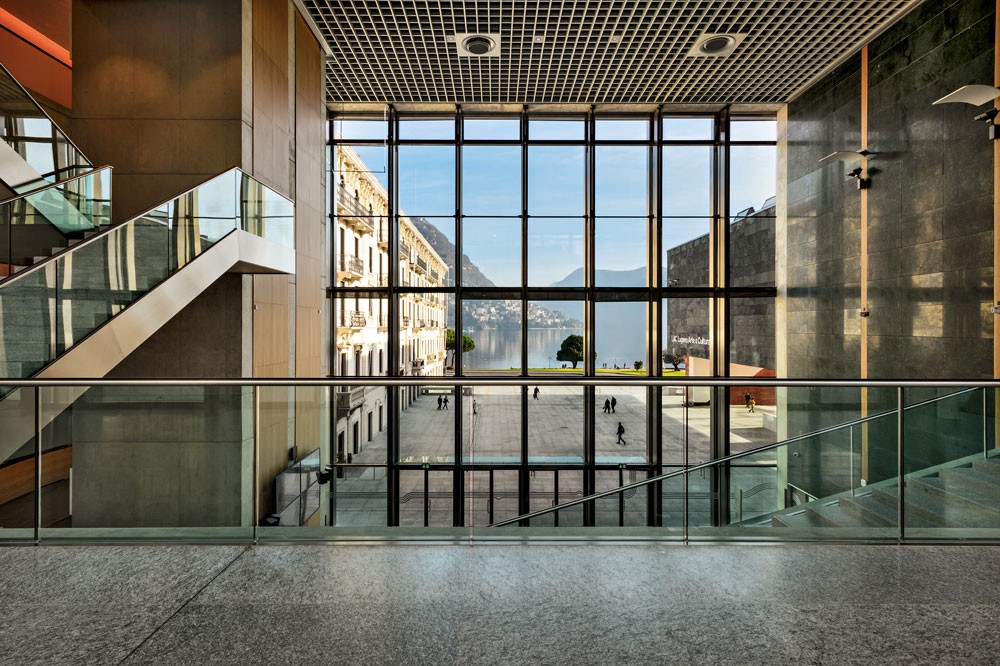
LAC (Lugano Arte e Cultura) has been an impressive platform for contemporary art from southern Switzerland
"Switzerland is often seen by people outside the country as mainly having Alpine landscapes; In reality, these cities are full of fascinating museums and other cultural attractions"
W*: How did the audience perceive the podcast when it debuted in Spain?
MB: It has been very well received! It didn’t take long for it to climb to the top of the most listened podcasts in Spain, and the reviews have been wonderful. Our favourites are the ones from historians and music experts, highlighting how well documented the story is. It is something we were very concerned about, considering the importance of music in Blum. That’s why we made a special effort to take care of that part, and having their approval has made us very happy.
W*: What are the main reasons for the success of the podcast in Spain?
CP: That’s something the listeners would have to be asked, but based on the feedback we’ve received, I believe the key lies in its immersive nature. The mystery, the music, and the atmospheric scenes truly captivate you, making you eager to discover how Emma, Clara, and Ursula’s stories unfold.
W*: Are there plans to release the podcast in other languages?
MB: We would love to! At the moment we are very excited about the opportunity that a whole new audience will be able to listen to this story thanks to its English version. We hope they enjoy the story of Emma, Clara and Ursula as much as the Spanish public has enjoyed it.
Marcus Hurst, founder and creative director of Madrid-based podcast production company El Extraordinario on the role of Switzerland in Blum and the power of audio.
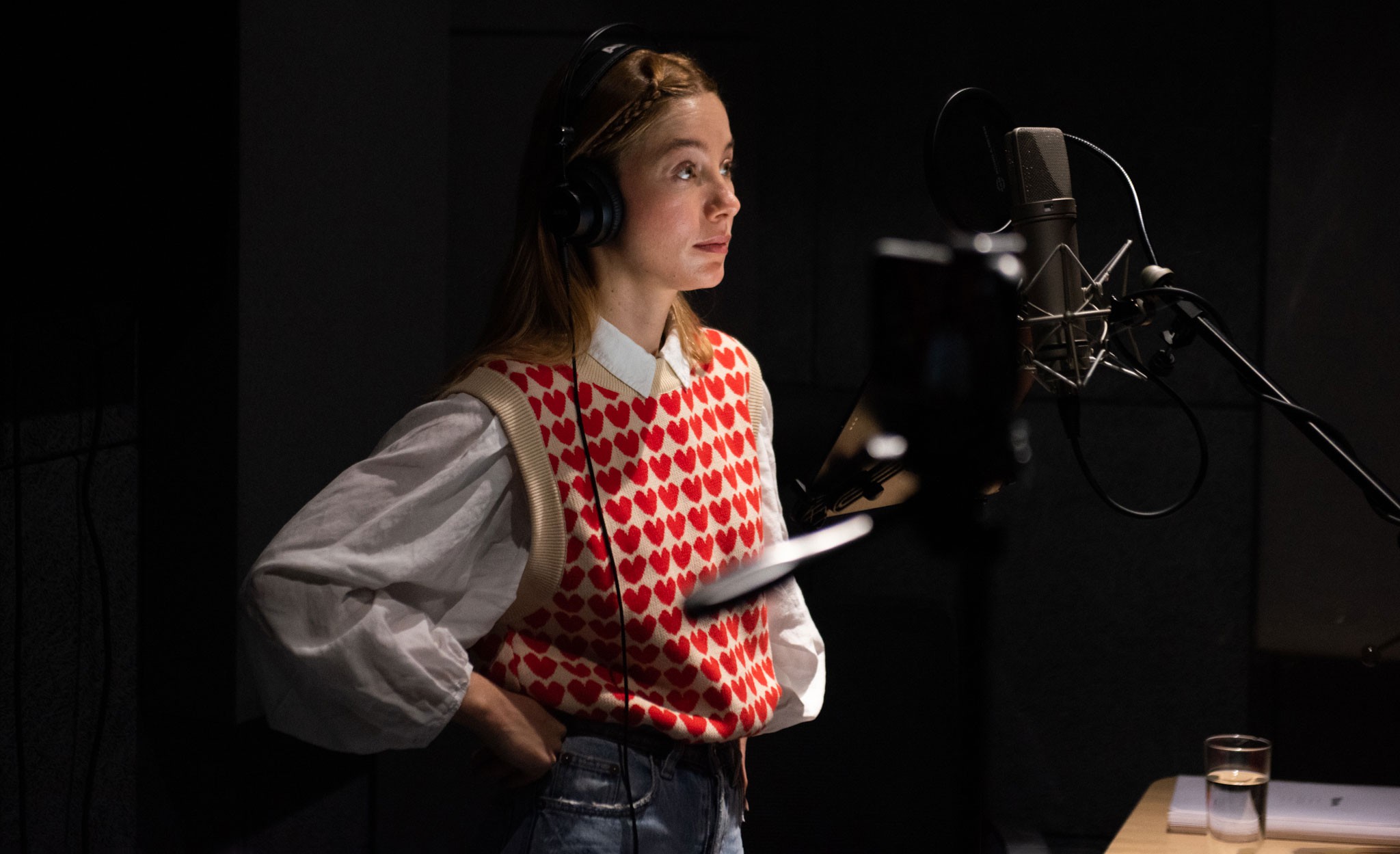
Wallpaper*: How did El Extraordinaro get involved with Switzerland Tourism?
Marcus Hurst: We’ve been working with Switzerland for many years on different types of campaigns, mainly helping the tourist board promote Swiss cities. Most people who travel to Switzerland, go to the mountains, the Alps – they land at the airport and then bypass cities. Which is a shame because these cities actually have a lot going, including excellent museums and galleries and amazing art collections. I love that a city like Basel might have a smaller population than, say, Islington in London, but it has two absolutely top-notch art museums. So, we thought, why don’t we create a fictional story, set in these cities, that reveals itself in the galleries, in amongst the people and culture of the Swiss art world.
W*: How are the cities and galleries integrated in the podcast’s narrative?
MH: It was really crucial for us that the art museums played a big part – but how could we weave eight cities and eight or nine art galleries together to make something interesting and intriguing? Simply taking nice pictures and writing words that told people that Switzerland had really great buildings is a tried and tested concept but we wanted to do something different. We thought, why don’t we create a murder mystery narrative, a story that would grip and engage the listener and immerse them into the Swiss art world in a new way? We approached Manuel Bartual and Carmen Pacheco, an acclaimed Spanish scriptwriting duo, who came up with a story that was unusual and immersive, definitely not mainstream, but made a connection with people.


W*: The art world and the gallery environment has long been a favourite setting for fiction, film and drama – everything from Donna Tartt’s novel The Goldfinch, to Ruben Östlund’s movie The Square and the recent Netflix drama Velvet Buzzsaw. What is it about the environment that makes it so attractive to story tellers and directors?
MH: Across centuries, artists have always had interesting storylines. Paintings tell different stories because they’re open to interpretation. Conversations about art are not scientific but are open to ideas and analysis which also makes things interesting. Then there are the galleries themselves, huge spaces which have a special, magical atmosphere of both community and hushed reverence.
W*: Sound design plays an important role in the Blum episodes.
MH: What is nice about audio is that you’re imagining things and sort of seeing them through dialogue and sound design. We were particularly pleased with a scene in the fifth episode where there’s a chase through a snowy cemetery. We took a great deal of time to get the atmosphere just right, making a very conscientious effort to make everything sound as natural as possible. We insisted on recording in some of the galleries also because those places have such a particular sonic quality – a lack of sound, really – that cannot be easily replicated in the studio.
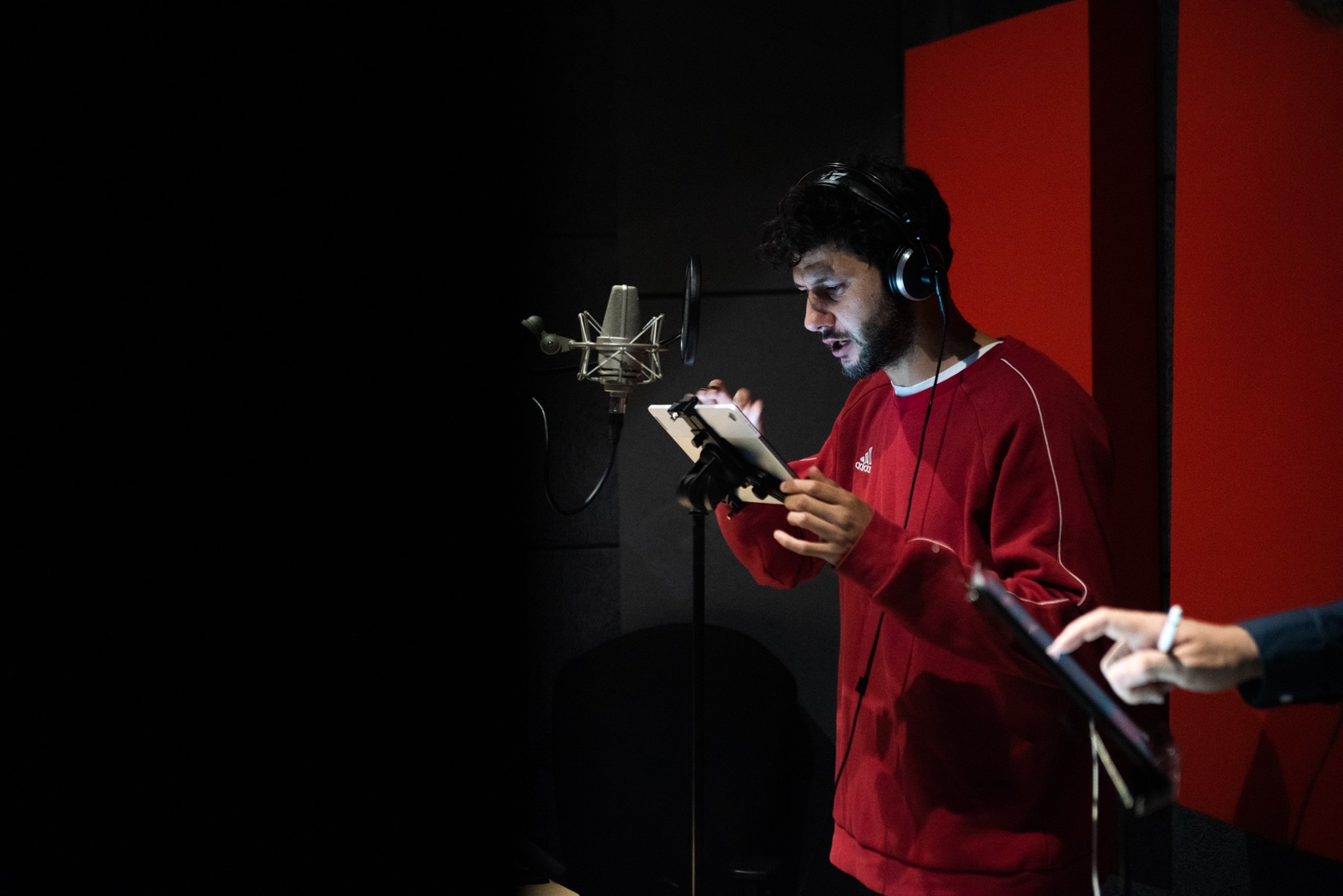
"The nice thing about the podcast is that you’re not only listening to a sort of audio thriller, you’re also learning"
W*: Why do you think that this idea works so well in the podcast medium?
MH: The nice thing about the podcast is that you’re not only listening to a sort of audio thriller, you’re also learning – about art in the case of the Blum podcast. The story and the characters are an invention, but the podcast cleverly combines elements of fictional narrative with cultural and historical fact to give you something a bit more profound. By listening, you are also learning about, for instance, Dada-ism or Wassily Kandinsky and Franz Marc’s Der Blaue Reiter (The Blue Rider).
Art Museums of Switzerland
Amazing art, design and photography: A visit to one of the Art Museums of Switzerland pledges a unique experience. Located in charming towns, ten world-class museums present grand sights on little space. Extraordinary collections and exciting, special twentieth and twenty-first century exhibitions await visitors.

Planning your next trip to Switzerland
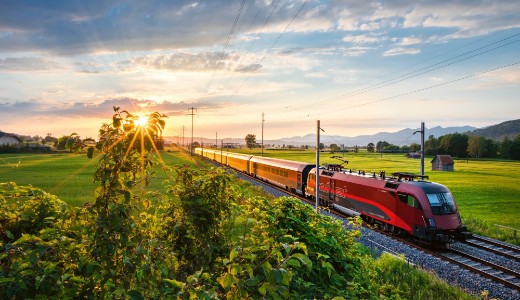
How to travel and move around in Switzerland?
Switzerland by train, bus and boat: The way of travelling that is as exciting as it is relaxing. Swiss public transport carries travellers away to the most fascinating panoramic routes, the most beautiful mountain summits and the most romantic boat tours.

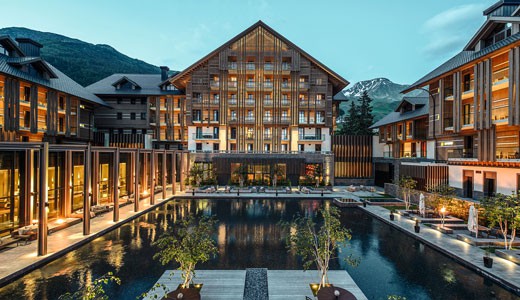
Where to stay
Do you need a break in Swiss nature, relaxation or a place where you can spend time with your loved ones? We offer a unique selection of hotels and accommodations as diverse as Switzerland itself. From Wellness & SPA, Swiss Bike Hotels, Family Hotels and Swiss Historic Hotels, Find the perfect accommodation that suits you!


Grand Tour of Switzerland
For travellers arriving by road, Switzerland is linked to Europe’s extensive motorway network. From palm-lined lakeshores to sparkling glaciers, from medieval villages to buzzing cities – the Grand Tour of Switzerland packs in an incredible number of sights. The concentration of attractions is unrivalled worldwide.







